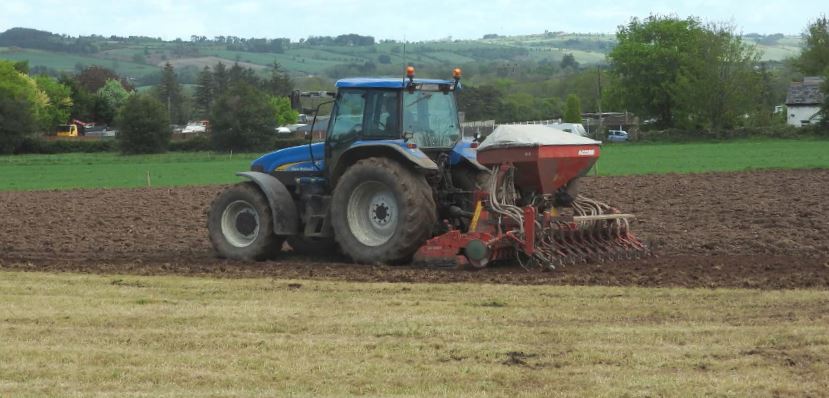Now is the time for autumn reseeds
Friday, 2 August 2019
Autumn can be the best time for grassland reseeds, bringing all the benefits of sward rejuvenation at what is often the most convenient time on the farm. However, whether it will repay the substantial investment – around £600/ha (£240/acre) for ploughing, tilling and sowing depends on both the existing sward’s productivity and how well the reseed is done.
Deciding whether a reseed is due requires close analysis of the pasture, and it is worth undertaking this with an eye on the cost of opting out. Pastures with a low proportion of perennial ryegrass can cost up to £250/ha/year due to a loss of DM production and reduced nitrogen use efficiency during the growing season.
It’s important to closely and regularly monitor each paddock’s performance to identify those which will benefit most. If you tick two or more of the boxes in the checklist below, reseeding should be considered.
- Sward productivity has fallen significantly
- Proportion of sown species has fallen below 60%
- High levels of native grasses and weeds are present
- Significant evidence of soil compaction, especially at depth
Choosing the right varieties
Variety selection is a key component in any reseed and it is important to select the most appropriate species for your situation, even at the field level. The Recommended Grass and Clover Lists (RGCL) are the ideal place to start as they are drawn up after rigorous trials and testing with as few as one in 20 varieties tested actually making it to full recommendation, classified as (G). Therefore, the first step is to check that the variety is on the list.
Individual varieties can perform better under silage than grazing management and vice versa. It is important to consider whether the reseed will be mostly cut or mostly grazed, as selecting the correct variety for use can have a significant impact on financial returns. The RGCL testing programme provides specific data for all varieties for both silage and grazing management.
|
Selecting for grazing specific swards |
Selecting for silage specific swards |
|
Choose top-performing varieties under a grazing management in the RGCL |
|
|
Select varieties with high digestibility |
|
|
Aim for a maximum heading date range of 15 days |
Aim for a maximum heading date range of seven days |
|
Later heading grasses tend to perform better in grazing than silage swards |
Earlier heading grasses tend to perform better in silage swards |
|
Match seasonal growth of variety to grazing demand |
|
|
Aim for a maximum tetraploid content of 20% on wet soils |
|
|
In wetter areas, choose varieties with higher ground cover |
|
Once the purpose of the ley has been decided and a subset of varieties identified from the RGCL, individual traits most important to the farm should be considered. Varieties are also tested for attributes such as seasonal growth, ground cover and disease resistance.
More information to help you achieve a successful reseed is available in the Grassland Reseeding Guide.


